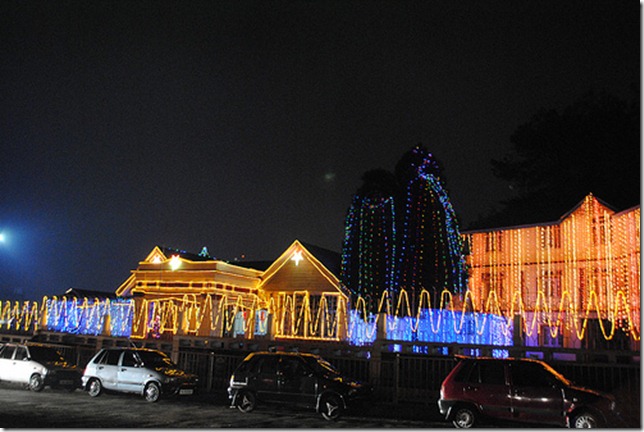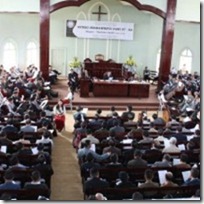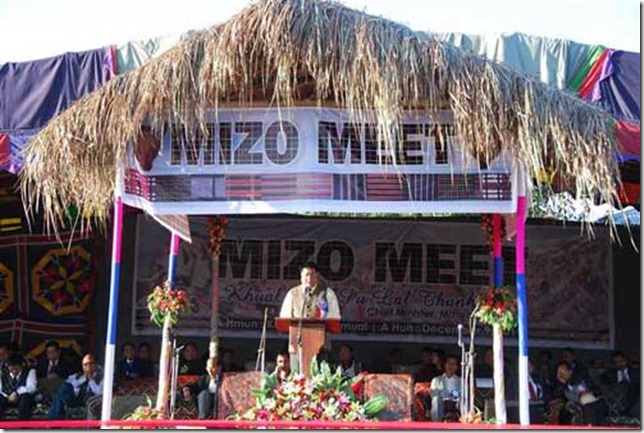
Shillong, Dec 13 : The Northeast is already in a mood for Christmas and New Year. Shops here are loaded with Yuletide goodies and the stocky Santa Claus. As a choir group in one of the churches sings the popular carol, "It's beginning to look a lot like Christmas, everywhere you go", people break into a jig.
"Everyone here is drowned in a celebratory mood," said Avner, a college student.
The single symbol of hope, love and divinity that glows throughout the region this time of the year is the Christmas star. Paper stars lit with electric bulbs have already started twinkling at every house, shop, bank and office.
Christmas, in fact, is a month-long affair here. It is said that Christianity, the commonly practised religion here, united the region that was divided because of linguistic, ethnic and geographical reasons in the past. Christmas here is celebrated with family traditions, gifts and greetings.
The NE is also known for its versatile choir groups. They perform in national channels on television during Christmas spreading the message of peace and love. In the picturesque hill station of Shillong, the capital of the predominantly Christian Meghalaya, choir groups belt out carols in churches and public places.
"This is the season of happiness and rejoicing," said a Baptist church pastor and leader of a choir group.
"The flow of shoppers has increased and we are open till late night. People buy gifts for friends and families," said the owner of a leading shopping mall in Shillong, the fashion capital of NE.
With many shopping arcades coming up in the region, shopkeepers also resort to a variety of marketing tricks to woo customers. "You buy goods worth Rs 1,000 and Santa Claus is going to give you a gift amounting to about Rs 500. This new offer has become an instant hit and we are unable to cope with the rush," said the manager of a garment outlet.
The celebration apart, the catchword in the entire region is peace. This is natural for a region where thousands have succumbed to insurgency. "Everybody is impatiently waiting for Christmas. Let us all join together in praying for a new dawn of peace and hope in the region," said Rev. Dominic Jala, archbishop of Shillong.




























